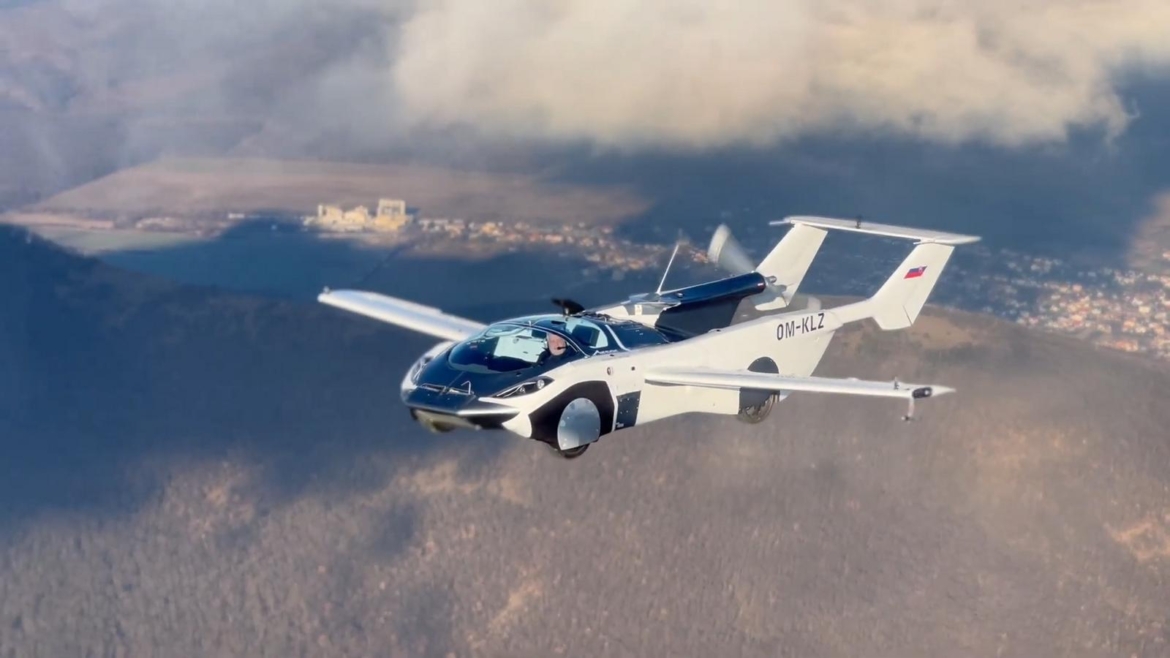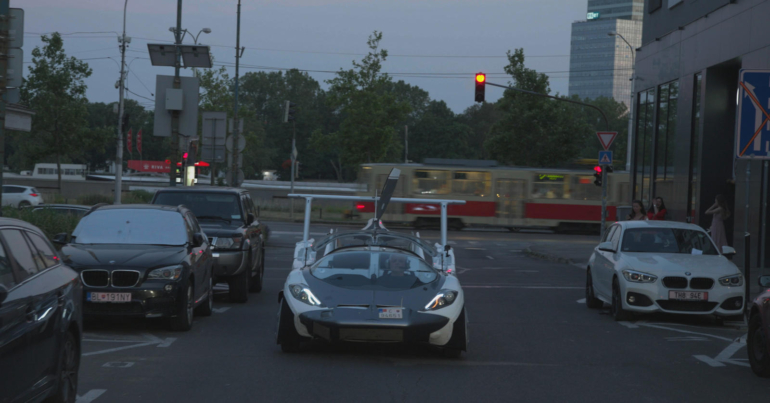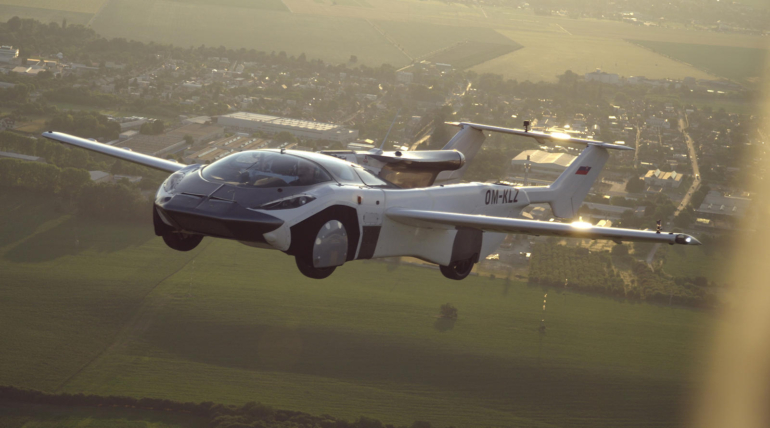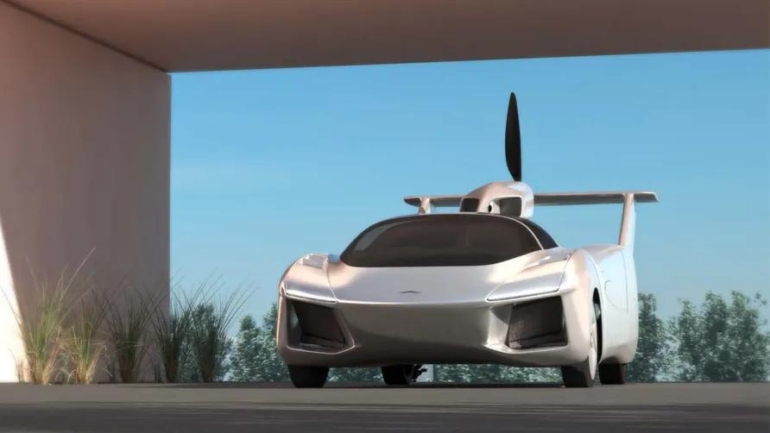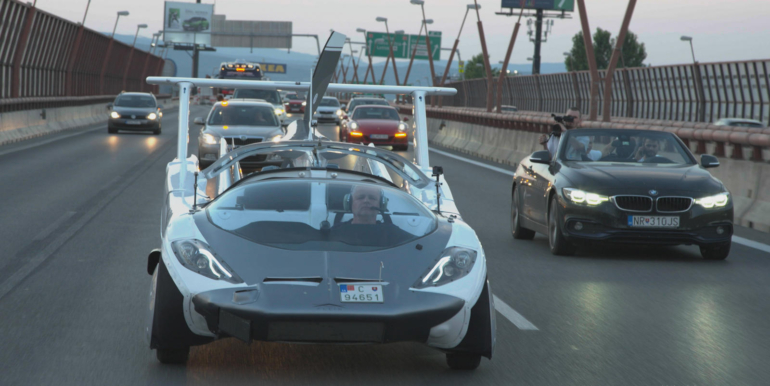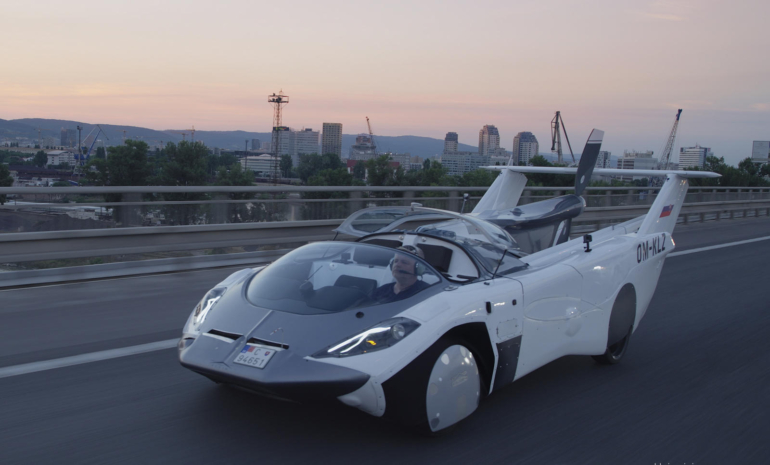The Klein Vision AirCar is the bold realization of a sci-fi dream: a vehicle that drives like a car and flies like a plane. Developed by Slovakia-based Klein Vision, this innovative flying car has completed over 100 successful test flights and earned European airworthiness certification. With its official launch set for early 2026, the AirCar is poised to redefine personal and urban mobility. Here’s a complete breakdown of what makes it so groundbreaking.

9. Pricing and Launch Date
The AirCar will officially go on sale in early 2026, with a starting price of approximately £600,000 ($800,000). This places it in the same price bracket as high-end supercars like the Lamborghini Revuelto. While it may sound like a toy for the ultra-rich, Klein Vision believes its market will eventually include business travelers, air taxi operators, and even emergency services.
8. Road Capabilities
As a road-going vehicle, the AirCar functions much like a conventional coupe. It measures 5.8 meters long, 2 meters wide, and 1.8 meters tall, allowing it to fit into a regular parking spot. With a kerb weight of just 800 kg, it’s lightweight and nimble, capable of reaching 124 mph (200 km/h). It retains the standard driving setup—pedals, a steering wheel, and even a traditional dashboard—for an intuitive, car-like experience.
7. Flight Performance
In aircraft mode, the AirCar’s wings extend to an impressive 8.2-meter (27-foot) wingspan, while the rear tail section elongates to ensure proper balance. Once airborne, the vehicle can cruise at speeds of 155 mph (250 km/h) and reach altitudes of up to 10,000 feet. However, for most practical flights, the company recommends cruising at 2,500 feet, where no onboard oxygen is required.
6. Engine and Power Options
The original prototype used a BMW-sourced 1.6-liter engine, but the production model will feature a petrol powertrain from a South African supplier. Three versions will be available: 280 bhp, 320 bhp, and a top-tier 340 bhp model. All configurations are engineered to comply with future emissions regulations, making the AirCar both high-performing and future-proof.
5. Transformation Mechanism
Transforming from car to aircraft isn’t quite instant but is remarkably simple. With the push of a button, the wings unfold and lock into place in around two minutes, while the tail extends automatically. The process requires no manual adjustments, and the steering wheel doubles as a yoke during flight—preserving a seamless user experience between driving and piloting.
4. Aerodynamic Design
The AirCar’s design is inspired by the Czechoslovakian Tatra, a car known for its “lift body” characteristics. This influence helped Klein Vision shape the AirCar’s body to generate 30% of the necessary lift, reducing reliance on wing surfaces alone. The result is a sleek, sporty design that functions effectively both on roads and in the air.
3. Customization Options
Buyers will have a variety of choices when configuring their AirCar. Interior options range from leather-trimmed luxury cabins to simple, analog instrument panels. Customers can opt for glass cockpit displays, advanced avionics, or minimalist dashboards, depending on their taste and intended use—be it for personal travel or commercial service.
2. Market Demand and Industry Potential
According to Klein Vision, the global air mobility market could be worth $162 billion by 2034. With over 250,000 small aircraft already in operation in the U.S. alone, capturing even a small percentage of that market presents a lucrative opportunity. The company envisions AirCar fleets being used by air taxi firms, corporate transport, and even emergency services, paving the way for mainstream aerial mobility.
1. Certification and Operation Requirements
The AirCar has received its initial certification from EASA (European Union Aviation Safety Agency). However, potential owners will need a pilot’s license and runway access to legally operate the vehicle. While it’s not a VTOL (vertical take-off and landing) craft, Klein Vision sees it as a practical solution for regional mobility—especially for those near airstrips or private fields.
